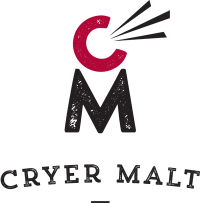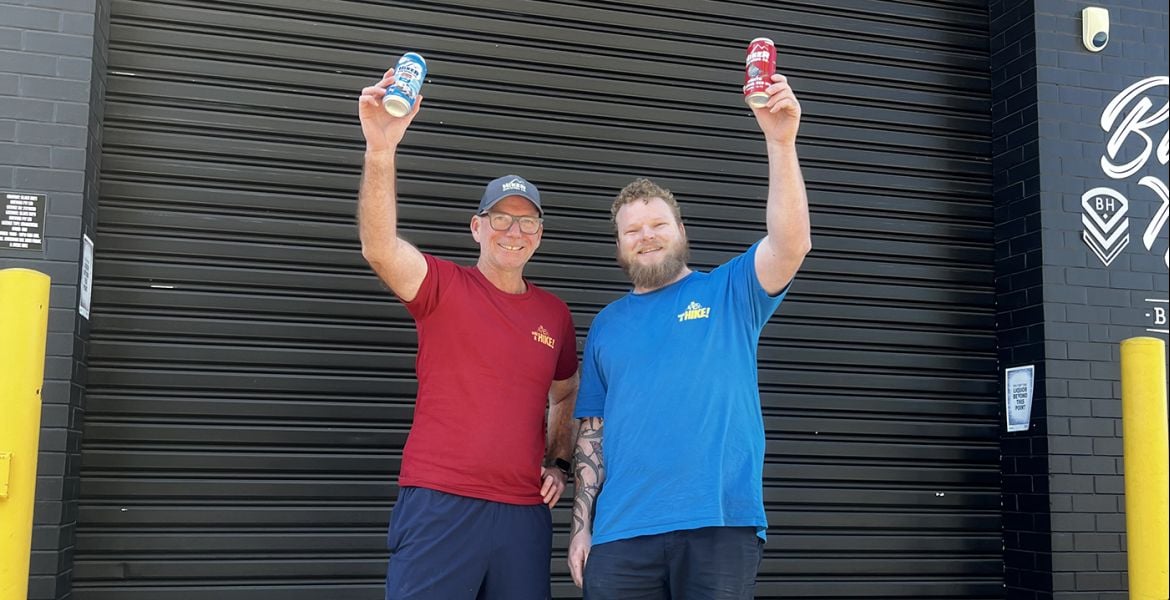The apocryphal story of the naming of a coolship, or koelschip in its native Flemish, refers to a boat-like tree trunk that was hollowed out so medieval brewers could use the increased surface area and heat-absorbing timber to cool their wort faster. And, while modern wort cooling systems don’t tend to involve as much carpentry, coolships have refused to fade into complete obsolescence.
Thanks in large part to Belgian lambic brewers, instead they have enjoyed something of a modern resurgence as a method to foster spontaneous fermentation. Fashioned from copper or stainless steel, the large, shallow vessels now use the increased surface area as a way to capture whatever ambient yeasts and bacteria happen to be floating by.
Working Title are far from the first Australian brewery to utilise such a vessel, but they probably have a good shot at being the only one located in a subtropical climate. Temperatures between minus 10°C and 10°C are generally regarded as the right range for coolshipping. This range ensures it’s cold enough to cool the wort quickly, but not so cold that the yeasts won’t be able to start doing their thing.
These temperatures also help ensure the yeast and bacteria floating on the breeze are not generally going to be the species that thrive in warmer climates. Yeasts and bacteria that proliferate in summer are far more likely to produce unwanted and sometimes truly gruesome flavour and aroma compounds, although Melbourne-based La Sirène have experimented in the past with leaving their coolship open to the elements in summer as opposed to Victoria's winter without gruesome results.

It still seems somewhat unusual, however, to be stood in the inner suburbs of Brisbane at the beginning of winter, on a very pleasant 23 degree day, watching the Working Title crew wrestling with a coolship. Yet, if he’s worried about sticking to the conventional rules of thumb when it comes to spontaneous fermentation, head brewer Mark Howes (pictured above in blue t-shirt) doesn’t show it.
Despite Working Title’s stellar reputation as slingers of big IPAs and silly stouts, this isn’t their first foray into wild ales. Searching out viable native yeast strains around South East Queensland has been a very long-term goal for Mark. Indeed, while this foray into spontaneous fermentation is a first in terms of location, Working Title have plenty of delicious proof that, despite the warmer than ideal temperatures, it can be done.
In fact, the day coincides with the release of two distinctly different but outstanding Working Title beers that have been more than a year in the making. Where The Wild Things Are: Maleny and Where The Wild Things Are: Girraween showcase spontaneously fermented beers captured in two beautiful areas: the Howes family property at Maleny and deep in the Girraween National Park by local wild ale brewer Dan Pedlar, who has been instrumental in this project.

The former beer was made using three kegs cut in half as mini coolships – six vessels in total – which were whittled down to three that were aged in barrel until only one was found to be any good. And it's really, really good, showcasing kumquat, overripe paw paw, deep tropical funk and a lactic-like acidity.
Girraween, which they're claiming as the first ever commercially-packaged beer created from a fully wild Queensland culture, brings earthy, floral, jammy citrus characters and a super-dry finish – and, notably, didn't sour at all. It dates back to a batch of wort Dan brewed while camping in the Girraween National Park before transferring it to his coolship (the one Working Title have used) then and there. He shared an initial batch with Mark and from there they cultured up a full batch, which was aged in barrels for a year and canned.
You’d never catch Mark Howes saying the word "terroir", but that’s more or less what a coolship can produce in the finished beer: a character that can only be produced in that exact location at that exact time (even if the impact of the coolshipped liquid's time in barrels, and whatever lives within them, can impart its own, potentially stronger character).
Yeasts are everywhere, they’re floating around you right now, and they’re settling on your phone, your table, your skin, your clothes, your food. If it has a surface, there’s probably yeast falling onto it right now.
What strains are currently trying to ferment that lone tomato sitting in your fruit bowl will depend on what's around you. Are there flowering eucalypts outside? Have you just picked up some mandarins? How warm do you keep your house? The ambient yeasts and bacteria are going to depend on what carbohydrates are available and what temperature they need to survive and thrive.

So, in the case of the 300 litres of steaming hot wort that’s being transferred into Dan’s coolship that’s sitting on the back of the Working Title ute, there’s a few prime candidates.
Being in such close proximity to a working brewery, there’s a very strong possibility there will be no shortage of Saccharomyces cerevisiae (brewer's yeast) in the air. However, by placing the coolship directly under the Liquidambar tree outside the brewery, Mark’s hoping there will be plenty of less orthodox organisms in residence. Not to mention what might be brought along by any number of the local possums that will almost certainly be drawn towards the big pool of sugary goodness.
Cantillon might have the mythical air of the Zenne valley to inoculate their wort, but is that any more special than the cool nighttime breeze coming off the iconic Brisbane River?
There’s only one way to find out … you'll just have to wait a year.

















